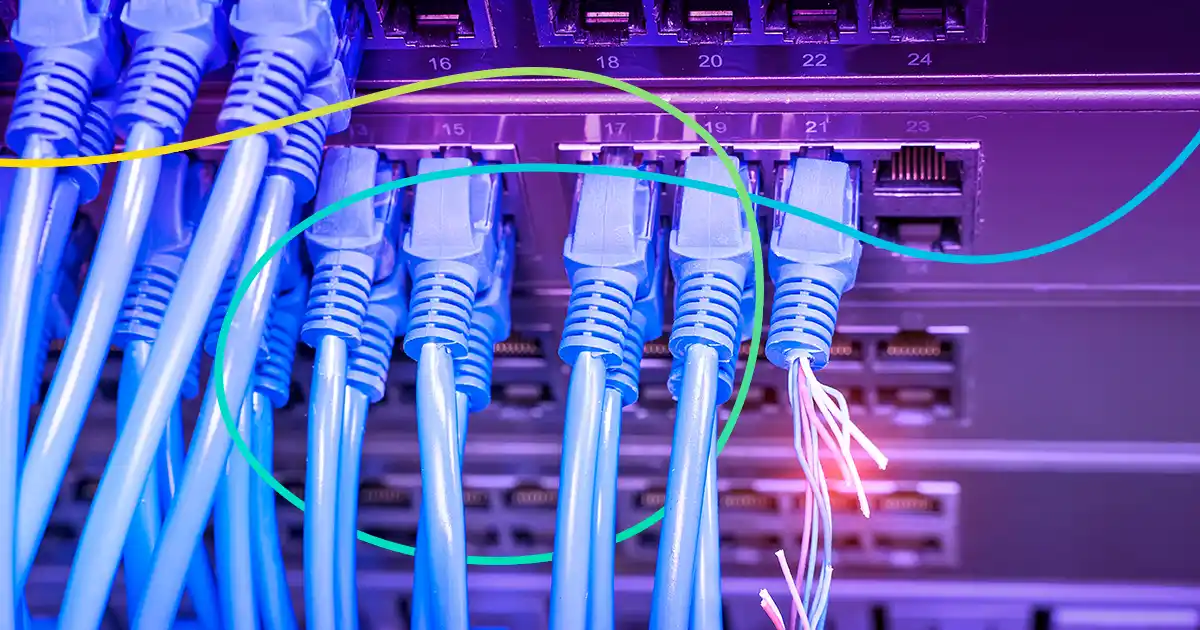In the field of information security management, ISO 27001 is a beacon of best practice. The international standard, ISO 27001, provides a structured framework which secures sensitive company data. Moreover, it inspires confidence as a seal of quality for clients and partners alike.
Supply chain management is a crucial component of information security management systems (ISMS). The risk of security breaches and data breaches has heightened due to the growing dependency on external suppliers and partners. This landscape makes supply chain management a key element in maintaining the requirements of ISO 27001.
What is Supply Chain Management?
Supply chain management is about assessing, managing, and monitoring the relationship between the organization and external suppliers in order to ensure services and products comply with the stipulated quality and security standards. This can entail everything from initial due diligence and selection of suppliers to ongoing evaluation and risk management of business relations.
Risk management is a critical part of supply chain management, as it supports the identification and mitigation of risks in relation to third parties. The implementation of ISO 27001 makes this relation even more crucial. By incorporating effective supply chain management into the broader risk management strategy of the organization, you can ensure that potential weaknesses in the supply chain don’t compromise information security. This approach to supply chain management does not only support compliance with ISO 27001 but also contributes to a stronger and safer organizational infrastructure.
READ ALSO: Supply Chain Security: Get Started with Third Party Risk Management
Why is Supply Chain Management Important in Relation to ISO 27001?
Supply chain management is an important part of ensuring compliance with ISO 27001. The standard focuses on proactive risk management, wherein supplier relations are a crucial risk factor. The organization is at perpetual risk of threats to its security efforts without effective management of external relations.
Organizations must demonstrate their ability to effectively identify, assess, and manage third-party risks in order to gain and maintain the ISO 27001 certification. This implies that due diligence, contract management, and ongoing monitoring must be integrated into the organization’s security strategy. Additionally, procedures and guidelines toward the effort must be clearly articulated.
The Requirements of ISO 27001
One of the main requirements of ISO 27001 is that organizations must identify and document information security obligations toward both suppliers and partners. That implies the incorporation of specific security measures into the supplier contracts and securing that suppliers understand and comply with the requirements.
Concurrently, ISO 27001 requires organizations to regularly assess and audit the security practices of suppliers. This can be done through revisions or assessments of the supplier’s security audits.
Clear channels of communication and management processes are a necessity in order to effectively implement the requirements. It can be a good idea to establish a standardized approach to assessing and selecting suppliers on the basis of their ability to comply with the security requirements of the organization. Continuous monitoring and management of existing supplier relations are also necessary to ensure that security requirements are always fulfilled.
The Practical Challenges of Supply Chain Management
Organizations often face significant challenges with supply chain management—even if they are armed with the best intentions and the correct strategies. The complex task of managing and monitoring a large number of suppliers is one of the biggest challenges in this regard. And even more so when the suppliers span across regions and operate under diverse legal frameworks.
Ensuring that suppliers continuously comply with agreed-upon security obligations is another substantial challenge. Changes in the supplier’s operations, such as organizational restructuring, technological updates, or new business partnerships, can affect their ability to maintain security standards. This requires ongoing assessments and auditing of supplier relations, which can demand significant resources.
Dealing with these challenges demands a proactive approach to supply chain management through regular security assessments, including audits and compliance checks, in order to ensure that all parties are complying with agreed-upon standards. The organization can effectively mitigate the risks associated with supply chain management by utilizing a strategy encompassing both initial due diligence and continuous monitoring.
Make Supply Chain Management Easier with Software
There is an array of systems and tools available which can transform the resource-intensive process of supply chain management into a feasible and streamlined task.
The ability of software solutions to automate processes such as security assessments, contract management, and monitoring is one of their most notable advantages. Thereby the human margin of error is reduced, allowing resources to be freed and allocated to other parts of the organization.
Another great advantage of software solutions is how they centralize data. Software solutions for supply chain management provide a central platform where relevant information about suppliers, including contracts, risk assessments, audit history, and compliance reports, is stored and managed.
Finally, software solutions also improve the reporting itself, as they generate detailed reports on performance, compliance status, and risk management. These reports are not just useful for internal matters but also play a significant role in communications with external stakeholders and regulatory authorities as well.



